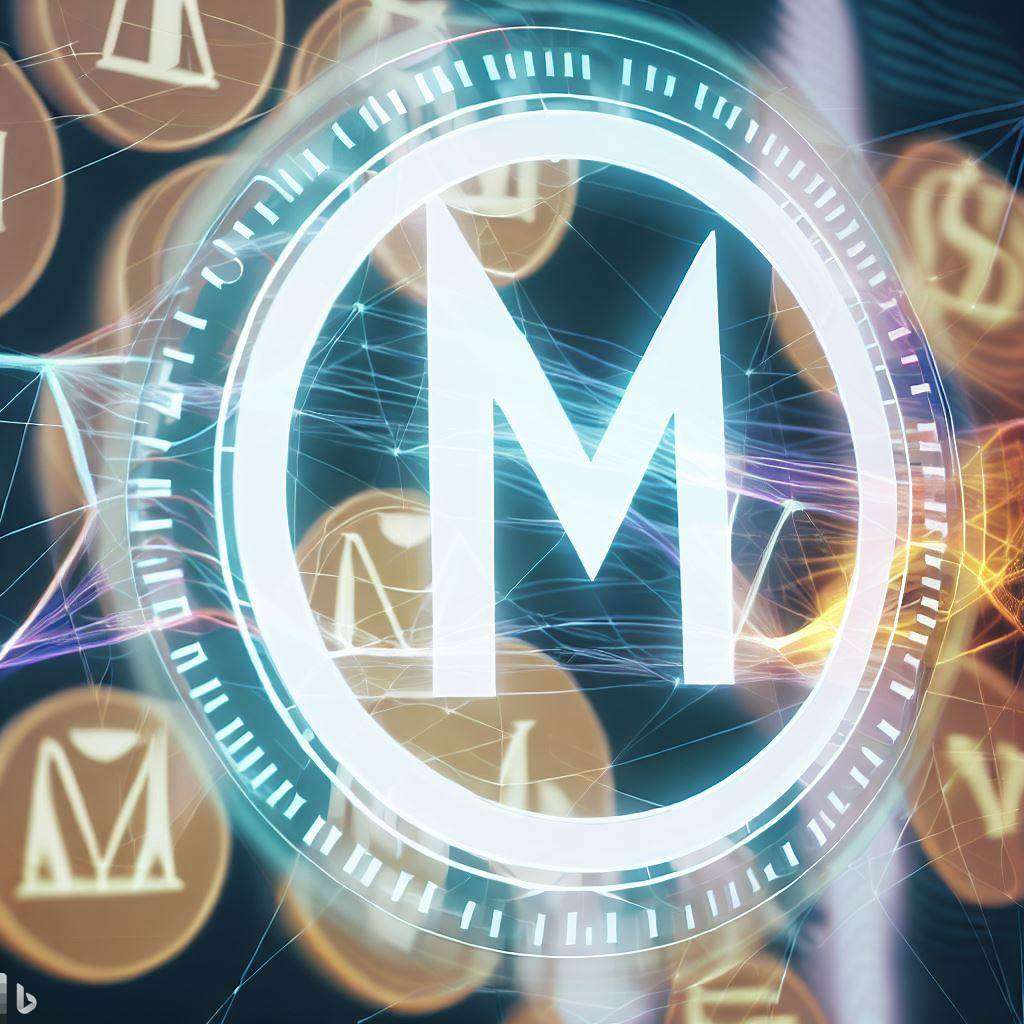
The Mariana Project marks the culmination of a successful collaborative proof of concept (PoC) between the BIS Innovation Center and prominent public financial institutions, including the Banque de France, the Monetary Authority of Singapore, and the Swiss National Bank. While speculation within the XRP community has led to conjectures about Ripple’s potential involvement in Project Mariana, a closer examination of the details paints a different picture.
The speculation surrounding Ripple’s potential link to the project primarily stems from its participation in the BIS’s cross-border payments interoperability and extension (PIE) task force, as recently disclosed in an official BIS report. However, it’s crucial to clarify that this participation does not necessarily imply Ripple’s direct engagement in Project Mariana. A thorough analysis of the initiative’s interim report clearly outlines that the technological framework relies on the utilization of Ethereum and Curve Finance, with no mention of Ripple or its associated XRP technology.
The Mariana Project emerges as a visionary response to the challenges inherent in international money transfers, particularly in the realm of wholesale central bank digital currencies. The project leverages the potential of automated market makers (AMMs) to facilitate seamless and efficient cross-border transfers of wCBDCs. This represents a significant departure from traditional transfer mechanisms, promising faster transaction times and increased accessibility.
The genesis of the Mariana Project can be traced back to the collaborative efforts of key stakeholders. The BIS Innovation Center, renowned for its commitment to fostering innovation in the financial sector, spearheaded this ambitious initiative. Working in conjunction with esteemed public financial institutions, the project enlisted the expertise of the Banque de France, the Monetary Authority of Singapore, and the Swiss National Bank. This partnership of diverse financial authorities underlines the global significance of the Mariana Project and its potential to set new standards for cross-border money transfers.
Despite the enthusiasm generated within the XRP community regarding Ripple’s possible involvement, the evidence suggests that Ripple’s role in Project Mariana is tangential at best. Ripple’s presence in the BIS’s cross-border payments interoperability and extension (PIE) task force should not be conflated with direct participation in the Mariana Project itself. The interim report for the initiative provides explicit insight into the technology underpinning the project, revealing Ethereum and Curve Finance as the driving forces behind the automated market makers (AMMs) central to the project’s success.
As the financial landscape continues to evolve, central bank digital currencies (CBDCs) have emerged as a focal point of innovation. The Mariana Project’s emphasis on wholesale CBDCs underscores the importance of efficient and secure digital transfers for large-scale financial institutions. By harnessing the power of AMMs, the project aims to mitigate traditional challenges associated with international transfers, such as lengthy transaction times and complex intermediary processes.
In conclusion, the unveiling of the Mariana Project by the Bank for International Settlements (BIS) marks a pivotal moment in the evolution of international money transfers. While speculations within the XRP community have led to conjectures about Ripple’s potential involvement, a careful analysis of the initiative’s interim report dispels such notions. The project’s collaboration with prominent financial institutions and its technological foundation in Ethereum and Curve Finance reaffirm its commitment to innovative solutions that transcend traditional transfer mechanisms. As the Mariana Project continues to take shape, it holds the promise of revolutionizing the global transfer of wholesale central bank digital currencies through the power of automated market makers.


Get the latest Crypto & Blockchain News in your inbox.